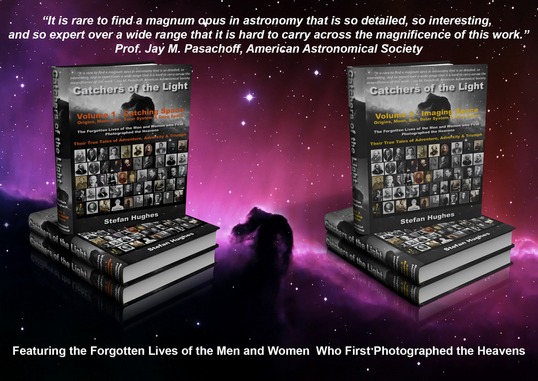'The Rainbow Man'

Born: 25th November 1858, Cologne, Germany
Died: 20th December 1913, Potsdam, Germany
Julius Scheiner was the first astronomer to proved conclusively through photographic spectroscopy that the ‘Great Andromeda Nebula’ was in fact an ‘Island Universe’ made up of individual stars. Together with Hermann Carl Vogel, the Director of the Potsdam Astrophysical Observatory and its Hauptobservator, Wilhelm Oswald Lohse, the three became 'The Rainbow Men' of Astrophysics, renowned for their great work in the 'New Astronomy' of Astrophysics.
It is now known that the ‘Great Andromeda Nebula’ (M31) is a great star system or Galaxy similar to our own Milky Way, but lying at a distance of over 2.5 million light years away. However during the nineteenth century and indeed into the first twenty years of the next, astronomers were uncertain as to its true nature or its distance. Was it made of stars or gas? And was it part of our Milky Way or did it lie outside its boundaries? Nobody was sure.
In 1899 Scheiner took a photograph of the complete spectra of the ‘Great Andromeda’ nebula, M31, which clearly showed it to be made up of individual stars, thus confirming the earlier visual work of William Huggins.
To read more on his life and work read the eBook chapter on Julius Scheiner or buy the Book 'Catchers of the Light'.

The 'Great Andromeda Spiral' (M31), George Willis Ritchey, 24-inch reflector, 1901

Buy the eBook or Printed Book at the 'Catchers of the Light' shop.